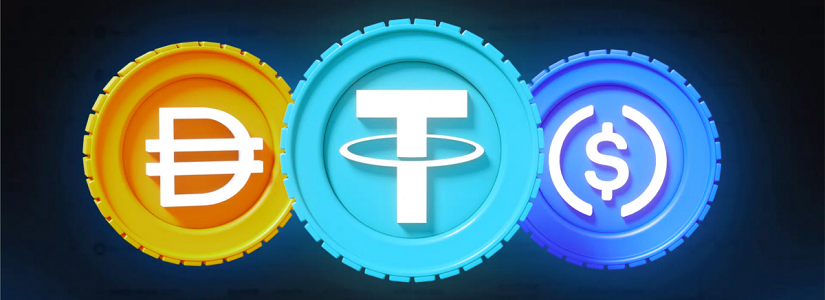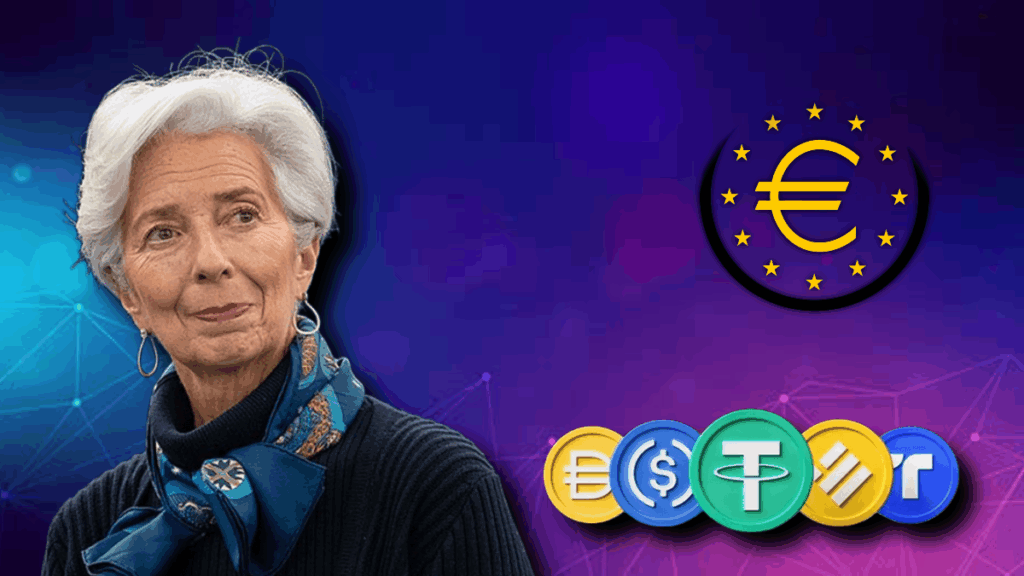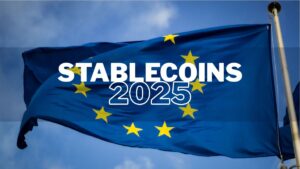TL;DR
- Christine Lagarde has urged the European Union to strengthen rules for stablecoins issued outside the bloc, pointing to possible risks in joint issuance arrangements.
- While MiCA already enforces strict reserve requirements for EU-based issuers, gaps remain in cross-border cases.
- Despite her warnings, crypto supporters argue that tighter restrictions could hinder innovation and push capital towards friendlier jurisdictions like the U.S. or Asia, where stablecoin markets are expanding rapidly.
The president of the European Central Bank, Christine Lagarde, has once again drawn attention to regulatory gaps surrounding stablecoins issued outside the European Union. She stressed that while the Markets in Crypto-Assets regulation (MiCA) has raised the bar for EU issuers, it falls short when dealing with cross-border structures where EU and non-EU firms jointly release stablecoins. According to Lagarde, this imbalance could expose the eurozone to risks if non-European entities are allowed to bypass stricter rules.
Stablecoins have been central to global digital finance growth, enabling seamless transactions and offering a reliable bridge between traditional banking and blockchain ecosystems. Supporters of crypto innovation argue that instead of tightening the screws, European policymakers should prioritize harmonization with other jurisdictions. This would avoid fragmentation and maintain the EU’s competitiveness as capital continues to flow towards stablecoin projects.
Global Stablecoin Growth Accelerates
Recent market data confirms that dollar-backed stablecoins are thriving. The combined supply of U.S. dollar-pegged tokens reached over 271 billion dollars at the beginning of September, reflecting steady demand from both retail and institutional investors. With the U.S. now showing a more open stance on crypto activities, analysts predict that Europe could lose ground unless it finds a balance between safeguarding financial stability and fostering innovation.
Meanwhile, in Asia, regulators are moving quickly to integrate stablecoins into their payment infrastructures. Japan and Singapore, for instance, have designed frameworks that encourage experimentation while preserving investor protection. For crypto advocates, this illustrates that strong regulation does not necessarily mean restrictive policies, but rather rules that attract entrepreneurs and safeguard consumers at the same time.

A Call For Cooperation Rather Than Barriers
Lagarde has argued that international coordination is indispensable. Yet critics of her approach warn that excessive barriers on non-EU issuers could drive liquidity away from Europe. Instead of isolating the market, many believe that cooperation with leading crypto hubs would strengthen the eurozone’s role in the digital asset economy.
Stablecoins are no longer a niche product; they are a core part of global finance. If the EU leans too heavily on protectionist rules, it risks falling behind just as adoption accelerates worldwide.










